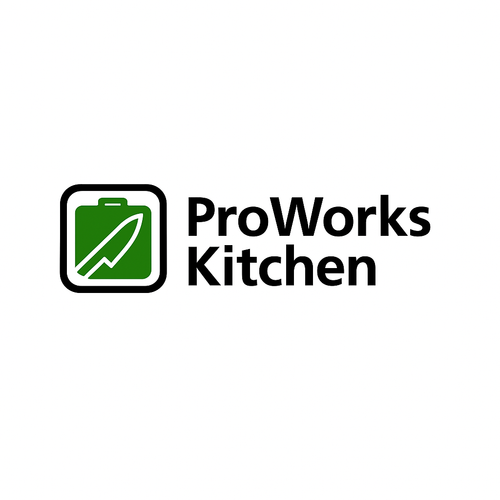Cutting boards are essential for food prep, but did you know they can also be one of the dirtiest tools in your kitchen? From bacteria to food residue, your cutting board can collect harmful substances that might not be visible to the naked eye. Whether you’re using a plastic, wood, or metal board, it's important to understand why cutting boards are often breeding grounds for germs and what you can do to keep your kitchen safe.
The Problem with Plastic Cutting Boards
Plastic cutting boards are incredibly common and convenient, but they come with hidden risks. Over time, knife marks develop on plastic boards, creating grooves where food particles and bacteria can get trapped. Even if you wash your plastic cutting board thoroughly, these grooves can retain bacteria, making the board difficult to clean completely. The bacteria then stay on the surface, ready to contaminate your food, especially if you're cutting raw meat.
Wooden Cutting Boards: Trapping Bacteria
While wooden cutting boards have a reputation for being gentler on knives, they also come with their own set of hygiene issues. Wood is porous, which means it can absorb food juices, moisture, and bacteria. The deep knife marks created by regular use can trap food and bacteria, making them difficult to sanitize. Even though some types of wood have natural antimicrobial properties, they’re not enough to prevent bacteria from hiding in the grooves. This makes wooden boards a potential health risk, especially when they aren’t cleaned properly.
The Surprising Truth About Metal Cutting Boards
While metal cutting boards like stainless steel and titanium are durable and easy to clean, they’re not entirely immune to germs. The main advantage of metal boards is their non-porous surface, which means food and bacteria can’t penetrate the material. However, if you don’t clean metal boards regularly, bacteria can still reside on the surface and spread. That’s why it’s important to sanitize metal cutting boards properly to ensure they remain hygienic.
How to Keep Your Cutting Board Clean
To reduce the risk of bacteria buildup, it’s crucial to regularly sanitize your cutting board. Here’s how you can do that:
- Wash immediately after each use with warm, soapy water.
- Use disinfectants: For plastic and wooden boards, use a mixture of vinegar and water or a baking soda paste to remove any food particles and bacteria. For stainless steel and titanium, a simple rinse will suffice.
- Sanitize regularly: For raw meat or poultry, sanitize your cutting board after every use with a food-safe disinfectant.
- Dry thoroughly: Moisture is a breeding ground for bacteria, so always dry your cutting board after cleaning.
Upgrade to Stainless Steel or Titanium for a Healthier Kitchen
If you want to ensure your cutting board remains clean, durable, and safe, consider upgrading to 304 stainless steel or 99.8% pure titanium cutting boards. These materials are non-porous, making them bacteria-resistant and easy to clean. Unlike plastic and wood, stainless steel and titanium won’t trap food particles or moisture, reducing the risk of contamination. Plus, these boards are incredibly durable, lasting much longer than plastic or wood.
Why Stainless Steel and Titanium are the Best Choice
- Non-porous: These materials don’t absorb food, liquids, or bacteria, making them much easier to clean.
- Long-lasting: Stainless steel and titanium boards are highly durable and resistant to scratches and cuts.
- Sanitization: These materials can be sanitized with ease, ensuring your kitchen stays as safe and clean as possible.
- Knife protection: Stainless steel and titanium are gentler on knives compared to plastic or wood, preserving your blades for longer.
